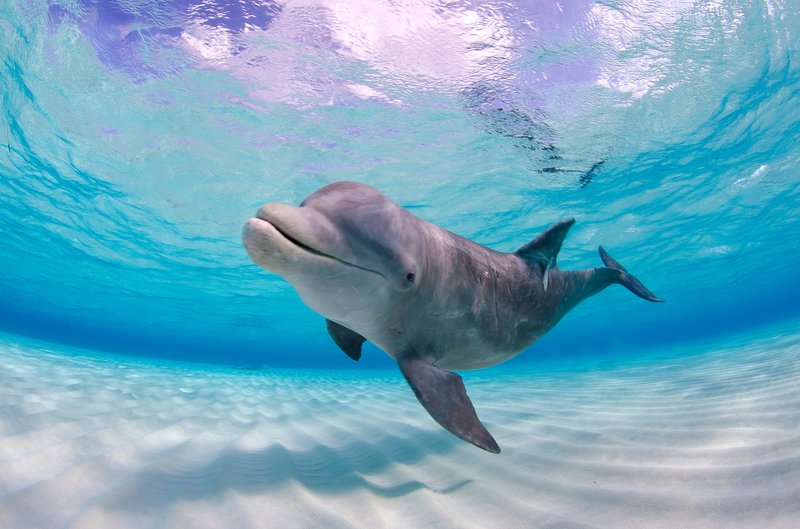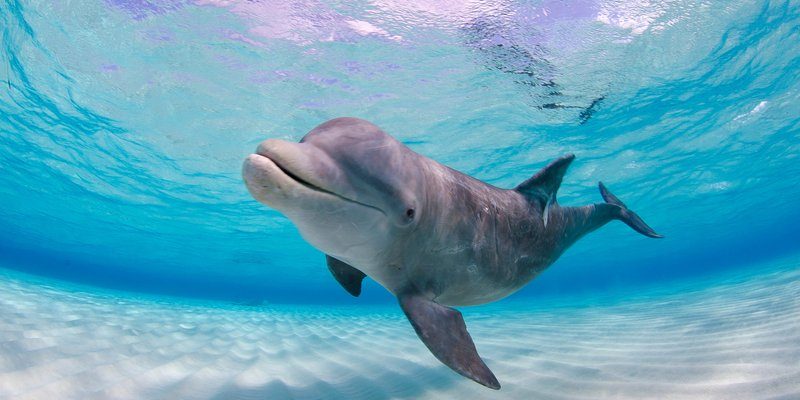
So, what makes bottlenose dolphins so essential? To put it simply, they’re not just cute faces; they’re vital players in their underwater communities. They help regulate fish populations, and their presence impacts other marine life. Understanding their role can give us insights into the complex web of life in the ocean. Let’s dive into this fascinating topic—grab a cup of coffee and let’s explore!
What Are Bottlenose Dolphins?
Bottlenose dolphins are among the most recognized dolphin species, known for their sleek bodies and friendly demeanor. Typically found in warm and temperate seas, they can be spotted in oceans all over the world. These dolphins usually reach about 10 to 14 feet in length and weigh anywhere from 300 to 1,400 pounds. Imagine a playful teenager who’s constantly splashing around in the ocean—that’s what a bottlenose dolphin feels like!
Their intelligence is another remarkable feature. Bottlenose dolphins are social creatures, often seen in pods of 10 to 30 individuals, though larger groups can form when food is plentiful. This social behavior is crucial; just like a group of friends working together in a project, they communicate, hunt, and play together—strengthening their bonds and improving their survival chances.
The Ecosystem Role of Bottlenose Dolphins
Now, let’s dig deeper into what role the bottlenose dolphin plays in the marine ecosystem. Think of dolphins as important gears in the machinery of ocean life. They serve as both predators and prey. By preying on fish and other smaller marine organisms, they help control these populations. This keeps the food chain in check, preventing any single species from overwhelming the ecosystem.
Additionally, these dolphins are part of the nutrient cycle. When they eat fish, they often consume the more abundant species, which can otherwise dominate. Then, through their waste, they release nutrients back into the water, promoting the growth of plants and smaller organisms. It’s a bit like recycling—what goes around comes around, enriching their surroundings in the process.
Intelligence and Communication
One of the most fascinating aspects of bottlenose dolphins is their intelligence. They’re known for their advanced communication skills, using clicks, whistles, and body movements to convey information. Imagine being at a family gathering where everyone is talking, and you still understand each other perfectly—that’s what these dolphins do underwater!
Their intelligence extends beyond communication. Bottlenose dolphins are capable of problem-solving and can even use tools. For instance, they have been observed covering their snouts with sponges to protect them while foraging on the ocean floor. This innovative behavior showcases their ability to adapt and thrive in various environments, pointing to an impressive level of cognitive function that sets them apart in the animal kingdom.
Impact on Fish Populations
Bottlenose dolphins play a significant role in regulating fish populations. They primarily feed on fish, such as mackerel and mullet, as well as squid and crustaceans. By hunting and consuming these species, they help maintain a balanced ecosystem.
You might wonder why this balance matters. If fish populations grow unchecked, it can lead to overgrazing of aquatic vegetation and disrupt the entire food chain. Think about a garden that’s overrun with weeds; it becomes difficult for other plants to thrive. By keeping fish populations in check, bottlenose dolphins help promote the health of seagrass beds and coral reefs, which are essential habitats for many marine species.
Threats to Bottlenose Dolphins
Despite their importance, bottlenose dolphins face numerous threats. Factors such as pollution, habitat loss, and fishing practices pose significant risks to their survival. For instance, toxins in the water can accumulate in these dolphins’ bodies, leading to health issues. Disrupted habitats, like coastal development or boat traffic, can also impact their ability to thrive.
One of the biggest issues is bycatch—the unintentional capture of dolphins in fishing gear. This is like a chef accidentally burning a dish while trying to prepare a meal. It’s not just harmful to the dolphins but can also disrupt local fishing industries. To protect these amazing creatures, conservation efforts are underway, but awareness and action are needed from all of us.
Conservation Efforts
Thankfully, there are various conservation efforts in place to protect bottlenose dolphins. Organizations are working to raise awareness about the threats they face and promote policies that support their habitats. These initiatives often involve creating marine protected areas, reducing pollution, and advocating for sustainable fishing practices.
Community involvement plays a big role too. Local conservation groups often promote eco-tourism practices that benefit both dolphins and the surrounding environment. Imagine going on a dolphin-watching tour that not only lets you see these magnificent creatures up close but also contributes to their protection. It’s a win-win situation!
The Future of Bottlenose Dolphins
Looking ahead, the future of bottlenose dolphins depends on our commitment to understanding and protecting them. As we learn more about their behavior and the vital roles they play in marine ecosystems, we can make better decisions for their conservation. The reality is, bottlenose dolphins are more than just charming figures in our oceans; they are crucial components of a thriving marine environment.
Let’s remember that taking care of our oceans means taking care of the bottlenose dolphins. Supporting clean oceans, sustainable practices, and conservation initiatives can ensure that future generations can enjoy the beauty of these incredible creatures. So, what can you do to help? Consider getting involved in local conservation efforts, reducing your plastic use, or simply spreading the word about the importance of these dolphins.
In closing, bottlenose dolphins are vital players in maintaining the health of marine ecosystems. Through their roles as predators, communicators, and members of the nutrient cycle, they help keep the ocean in balance. Let’s cherish and protect these wonders of the sea so they can continue to thrive for years to come.

